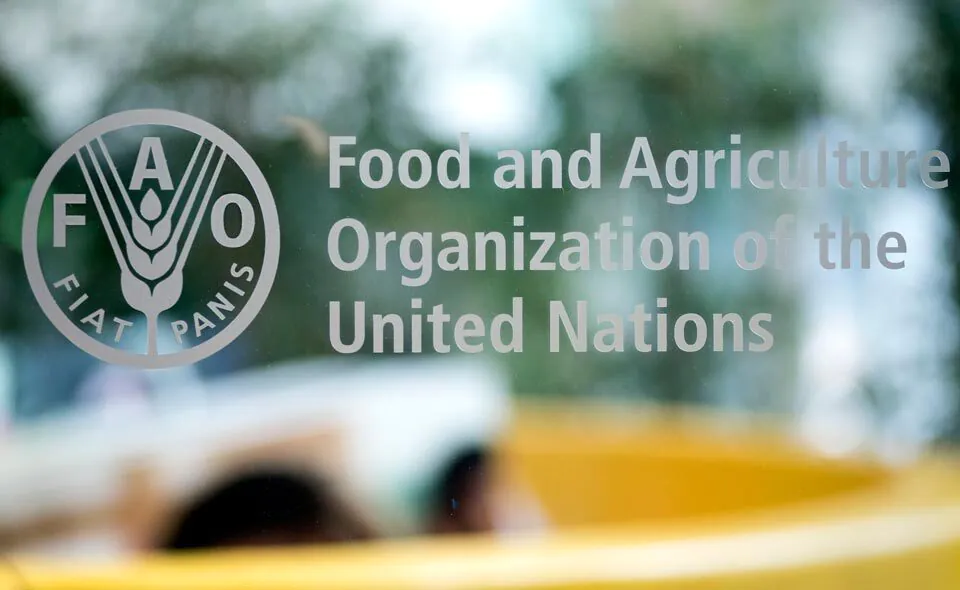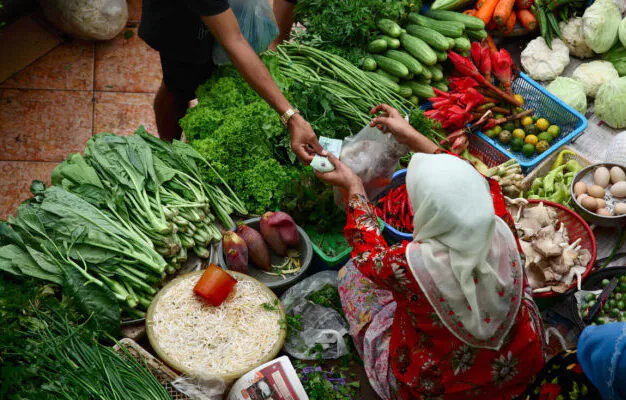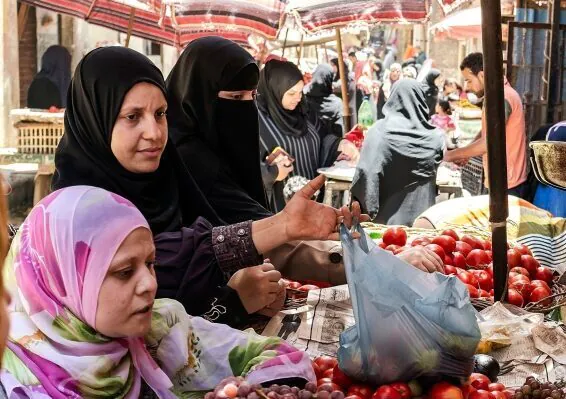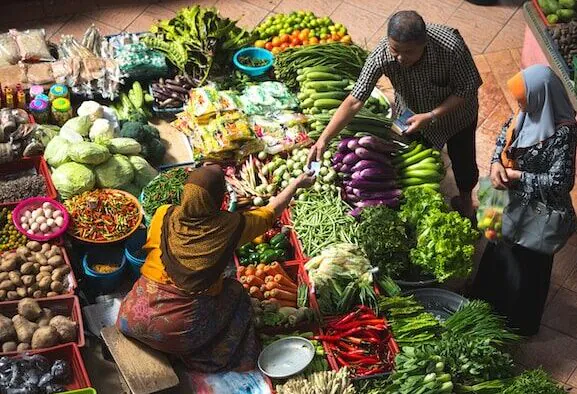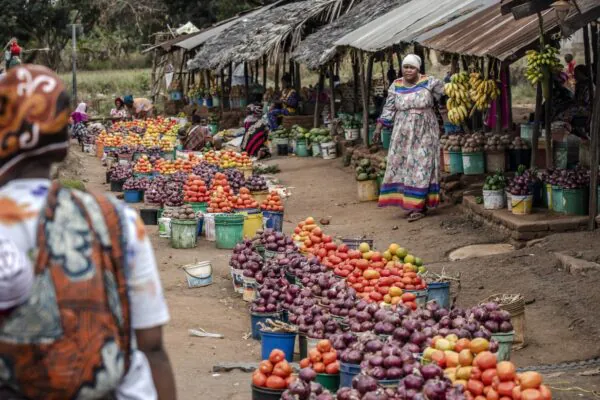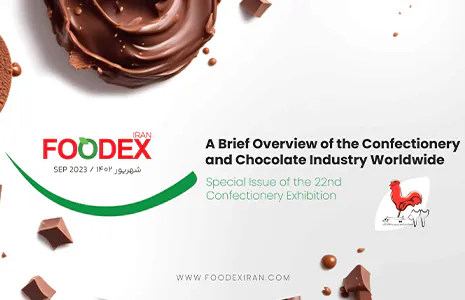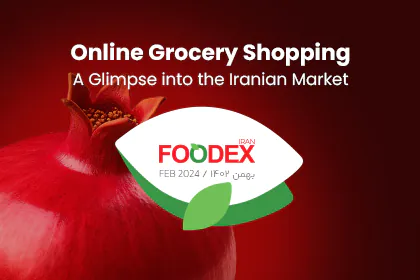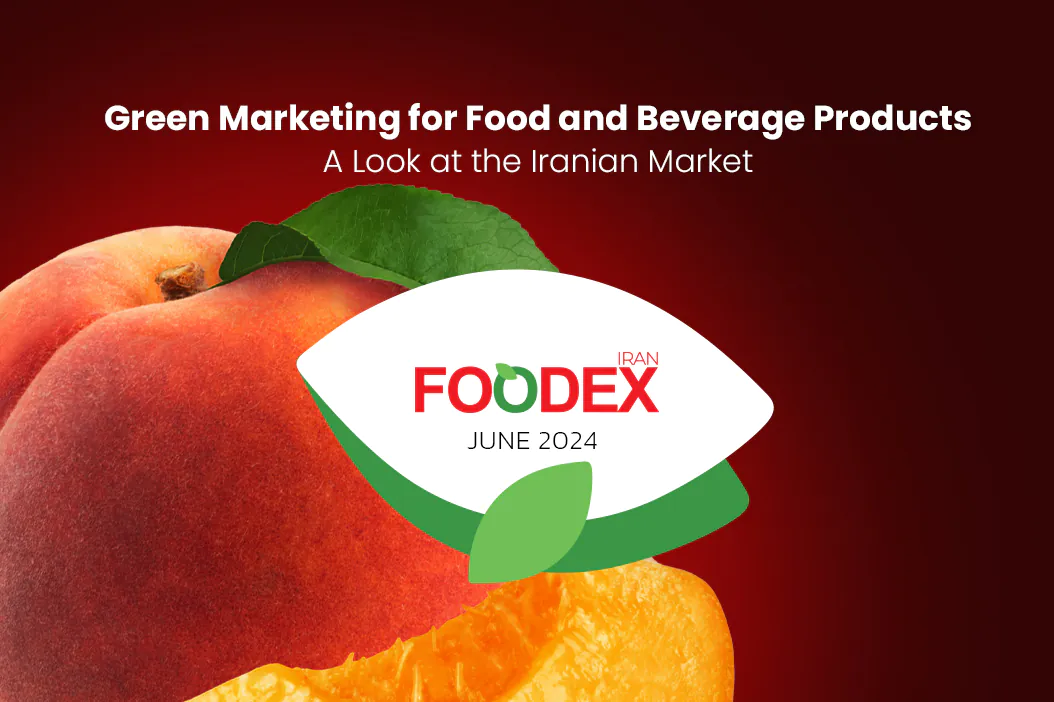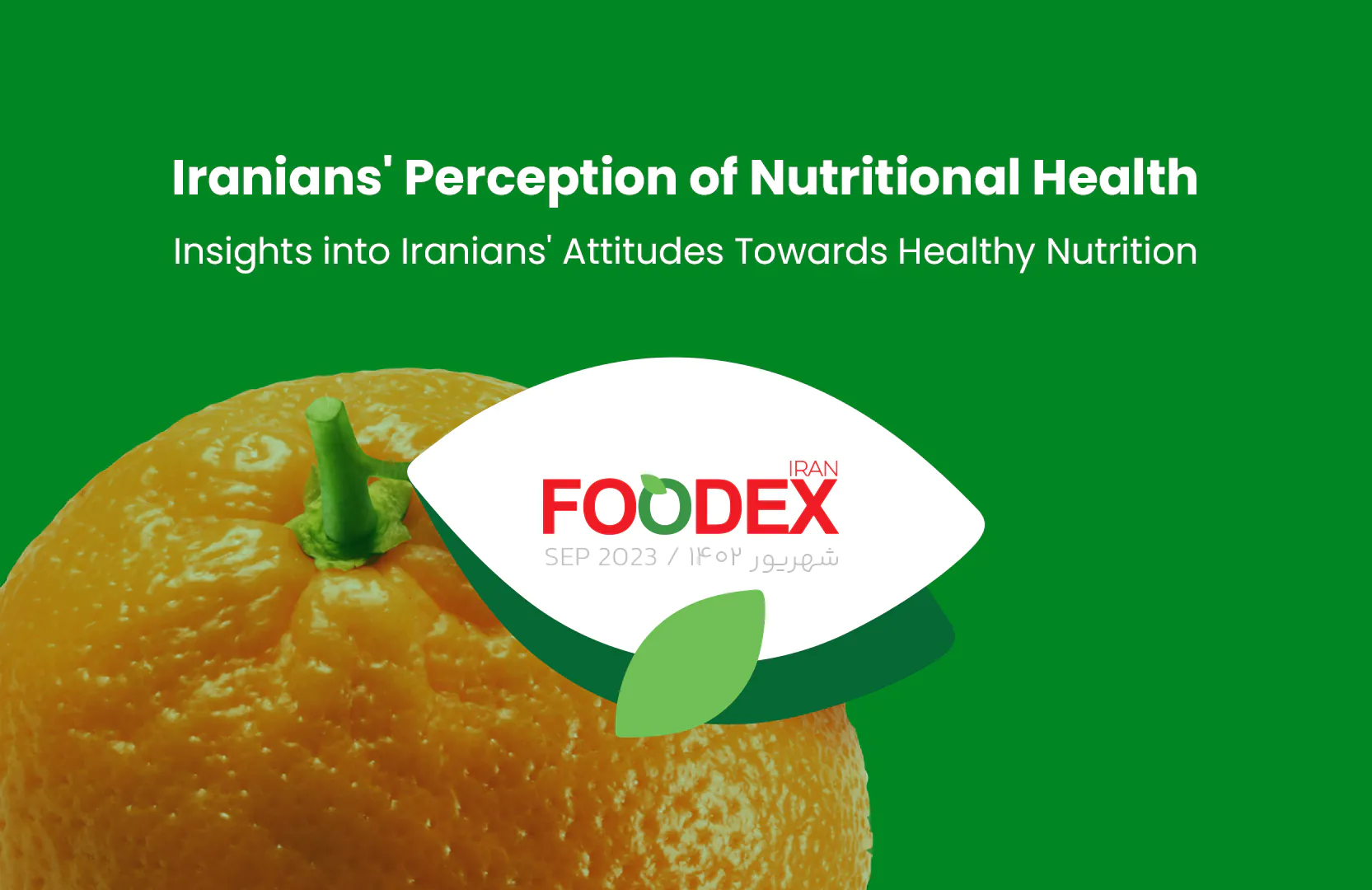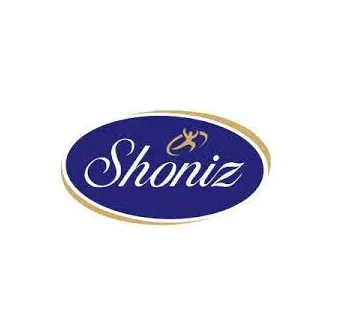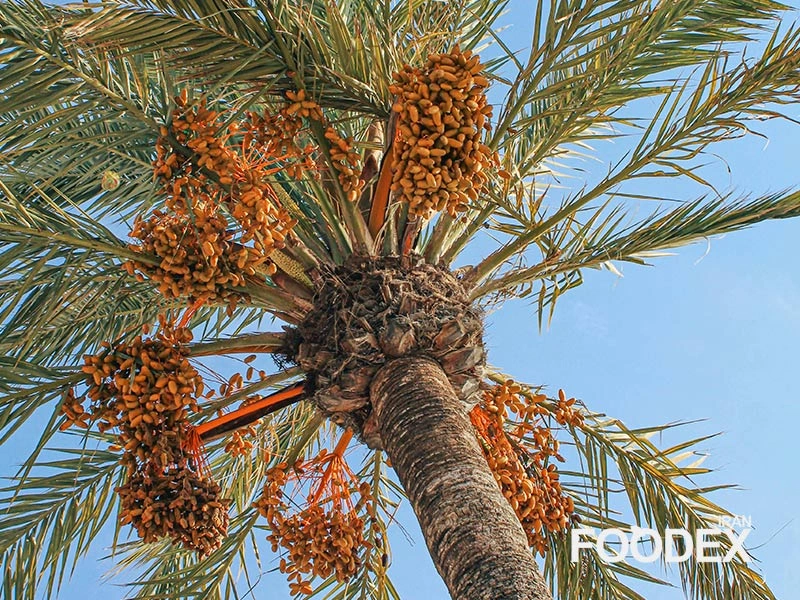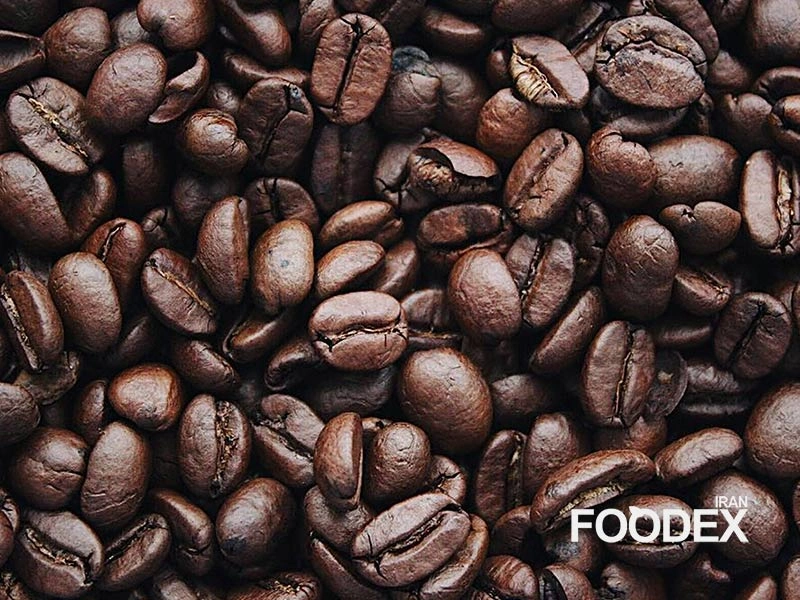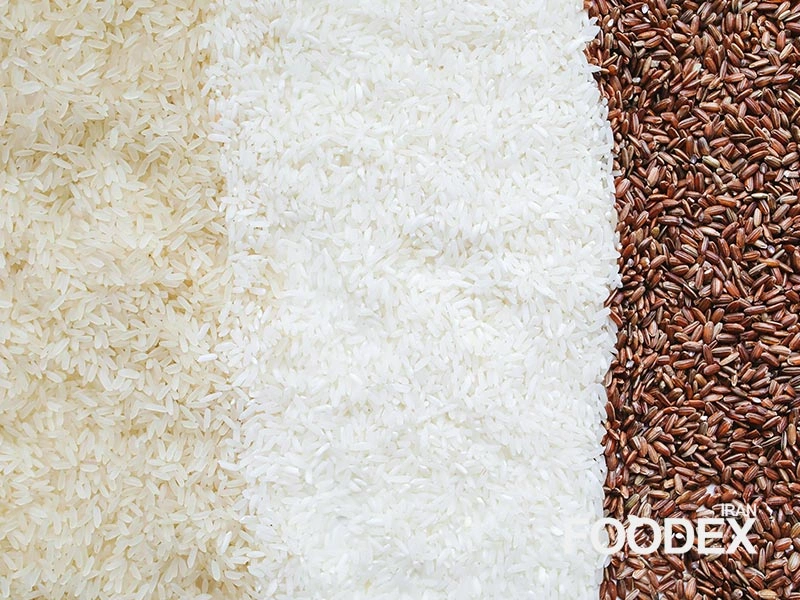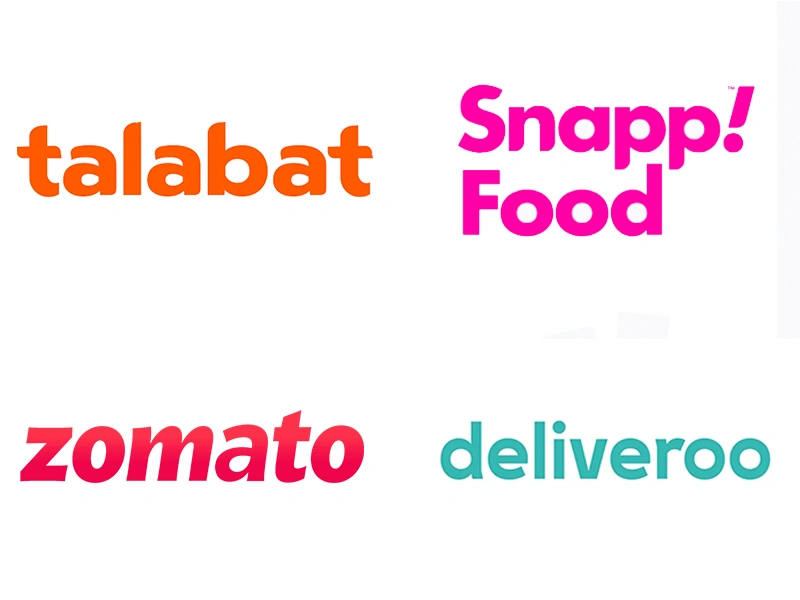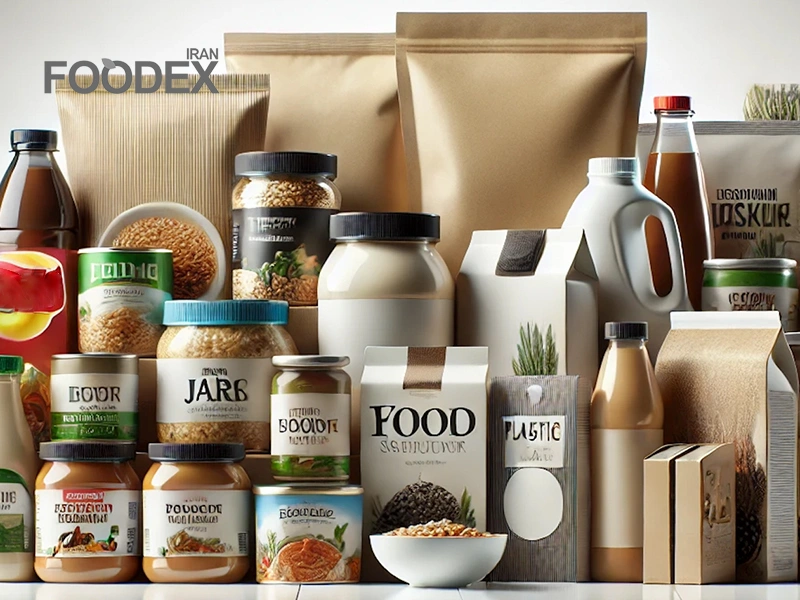The Food and Agriculture Organization of the United Nations (FAO) is one of the international organizations that is active in the field of agricultural development. FAO is one of the specialized agencies of the United Nations, which leads global efforts to eradicate hunger. This organization is a neutral international forum; in which all countries, both developed and developing, are present and plan and make policies to improve agriculture, forestry, fisheries and achieve proper nutrition (especially in poor and developing countries). In addition, FAO is considered a suitable scientific and information reference in the mentioned fields. The specialized organizations of the United Nations operate with the aim of helping to improve living standards around the world and in specific sectors. Such specialized organizations provide their activities to United Nations member states by providing financial resources and equipment, scientific studies and specialized assistance in special fields. Be with us at Foodexiran to learn more about the activities of this specialized organization.
192 countries are members of FAO
FAO is the first specialized organization of the United Nations that was established after the Second World War. Currently, 192 countries in the world are members of this organization. The headquarters of the Food and Agriculture Organization of the United Nations was in Rome, the capital of Italy. In 1951, the FAO headquarters was moved from Washington to Rome. FAO was founded in 1945 by 44 member countries of the United Nations. It is interesting to know that 75% of the world’s food is provided by NGOs.
FAO, improving living standards and improving nutrition
From the FAO center and through a global network of about 90 offices, this organization helps developing countries to expand and modernize agriculture, forestry, fisheries and provide adequate food for all. The goal of this organization is to raise the standard of living and improve the nutrition of the people of the world, the proper distribution of food in different regions of the world, and the creation of food security. fighting malnutrition by providing necessary information to different countries; Another goal of FAO is to increase agricultural productivity and the level of nutrition in the world.
FAO, serving 183 countries
FAO serves its members, including the European Union and 183 countries, and in doing so works with thousands of partners around the world, from civil society organizations such as farmers’ groups and humanitarian organizations to other UN agencies, development banks and the private sector.
When did Iran’s membership in FAO begin?
Iran has been a member of this organization since 1953. The experts of this organization collected and evaluated a significant part of Iran’s genetic reserves of wheat, barley and oats in the years 1332 to 1350 under the title of research and investigation, but then they were taken out of Iran and transferred to Britain, Canada and other foreign countries. Iran joined the United Nations in 1945 as one of the 50 founding members. Today, Iran is an active member of the United Nations. The United Nations has actively cooperated with Iran since 1950 and established one of the first United Nations information centers in Tehran in 1950. The UNICEF office was opened the following year. After that, other UN agencies soon established their offices. Iran is a middle-income country, but it has a high rank in the human development index, and over the past three decades, its human development index has improved significantly. Iran is the sixth largest country in the world in terms of accepting refugees, and it provides them with basic medical services and free education, just like Iranian citizens. The cooperation between the parties was strengthened with the reopening of the country office of this organization in Iran in 1992, and over the years, FAO has provided its technical and political assistance in promoting the sustainable development of the country’s agricultural and rural sectors.
The ideals of sustainable development in Iran
The Sustainable Development Goals, in partnership with FAO, are a global call to action to end poverty, protect the planet’s environment and climate, and ensure that people everywhere can enjoy peace and prosperity. These are the ideals that the United Nations is working on in Iran: the absence of poverty, zero hunger, health and well-being, quality education, gender equality, clean water and sanitary facilities, clean and accessible energy, dignified jobs and growth. Economy, industry, innovation and infrastructure, reducing inequalities, sustainable cities and societies, responsible production and consumption, action for the climate, life underwater, life on land, peace, justice and capable institutions and partnerships to achieve ideals.
Historical background of FAO
1943 – In this year, 44 governments in Virginia, United States, committed themselves to the establishment of a permanent organization in the field of food and agriculture.
1945 – The first FAO meeting in Canada established FAO as a specialized agency of the United Nations.
1951 – The headquarters of FAO moved from Washington to Rome.
1981 – The first World Food Day was celebrated in more than 150 countries on October 16.
1986 – Agrostat, the world’s largest source of agricultural statistics and information, now called Faustat, began operating. In order to strengthen organizations active in the field of prevention and control and eradication of diseases and pests as much as possible, the emergency prevention system of cross-border plant and animal diseases and pests was established. In order to decentralize operations, streamline regulations and reduce costs, FAO has embarked on a significant restructuring since its inception. From the United Nations, for the first time, FAO was given the exclusive right to allow producers to produce coconut water in bottles under conditions that do not change its taste and nutritional properties. This practice is a potential boon for developing countries.
The main objectives of FAO
The four main objectives of FAO are: To assist developing countries by providing technical facilities. Helping governments to determine policy and consulting in planning. Gathering, reviewing and disseminating information. Acting as a place for exchange of views and gathering of poor and rich nations with equal conditions.
Management and Finance of FAO
FAO is governed by the Assembly of Member States, which is held every two years to review the functioning of the organization and approve the budget and program for the next two years. The summit elected a 49-member council from among the member states, which acts as the temporary board of directors of the organization. These members work on a rotating basis in a three-year period. This meeting also elects the director general to head the organization.
FAO, consisting of 8 departments
FAO consists of eight departments, which are: administrative and financial affairs, agriculture, economic and social affairs, fisheries, forestry, information and public affairs, sustainable development and technical cooperation. More than 3,700 staff work in FAO (1,400 professional staff and 2,300 public service staff), which, in addition to the central office, manages five regional offices, five local offices, five liaison offices and more than 78 country organizations.
In what field is the FAO budget spent?
The budget of the organization is spent in two main areas: the permanent program and the regional program. The permanent program is related to internal activities, including: supporting practical work, guiding countries in the field of policy and planning and a wide range of development projects, its budget is provided through member countries and according to the prescribed level announced by the summit. The regional program that realizes FAO’s development goals provides major assistance for joint projects between national governments and other organizations.
FAO reforms in the 21st century
Since 1944, FAO has undergone the most significant restructuring since its inception in order to decentralize operations, make regulations more efficient and reduce costs. In this way, 50 million dollars of savings have been realized per year. The highlights of these reforms are: more use of experts from developing countries and countries in transition. Extensive communication with the private sector and non-governmental organizations. More electronic access to FAO documents and databases.
The report “FAO Reforms in the New Millennium” outlines FAO’s actions to decentralize its organization and focus its activities on key priorities. In 1999, the summit approved the “Strategic Framework for the Advancement of FAO Programs until 2015”, which was expanded during the extensive exchange of opinions between the member countries and other investors of FAO and provides a powerful framework for the future programs and plans of this organization.
FAO members
FAO has three pillars.
The conference is the highest organ of FAO, which meets every two years. Principal and observer members can each have one representative in the conference, but only principal members have the right to vote. If necessary, the conference can invite any international organization whose activity is related to the tasks of FAO to participate in the conference sessions. The representative of this organization does not have the right to vote.
The Council, with 49 members, is considered the executive pillar of the FAO organization. Council members are elected by the conference for 3 years. The council exercises the powers delegated by the conference. Council members are divided into 7 regional groups; Each group has a fixed number of seats.
The Director-General, Director-General of FAO, heads the Secretariat and is appointed by the Conference for a 6-year term. The Director General of FAO, if approved by the conference, can establish regional and regional offices.
Duties of FAO
Encouraging investment in agriculture, animal husbandry, improvement of aquatic resources and aquaculture.
Facilitating the transfer of technologies and expansion of agricultural research in developing countries.
Struggle to preserve natural resources and against animal diseases.
Helping countries to be prepared to deal with food crises and, if necessary, providing them with the necessary assistance. These assistances are provided in the light of this organization’s timely notification and warning.
FAO activities
This organization, which is the main rural development agency of the United Nations, provides the World Food Program in cooperation with the United Nations, as well as special programs to prevent food crises and to improve the production and distribution of cereals. It also provides technical assistance to the countries that want help in all competent fields. The Food and Agriculture Organization of the United Nations collects and analyzes information. It consults with governments on policy and planning and is an international forum to discuss food and agriculture issues.
The most important activities of FAO
The most important part of FAO’s activities is in agriculture and in crop production, which includes about 24% of the cost of FAO’s field action program per year. FAO helps developing countries to increase agricultural production through methods such as improved seeds and fertilizer use, soil conservation and afforestation, better water resources management techniques, improved storage facilities, and improved processing and financial markets. FAO places special emphasis on the cultivation of somewhat obsolete traditional food crops such as cassava, sweet potato, and the condition of farms. Apart from agriculture, which is the main activity of FAO, this organization also has major activities in the fields of animal husbandry, environment, fisheries, forestry, nutrition, recovery and processing. We recommend you to read the World Food Day article.
FAO, Special Program on Food Security
In 1994, FAO launched a special program for food security designed to help low-income countries facing food shortages. The purpose of this program was to accelerate the increase in food production and productivity, which should be implemented first through the widespread use of advanced production technologies by farmers, emphasizing areas with high potential. In March of the same year, 83 countries were classified as low-income countries facing food insecurity, of which 42 were in Africa. Do you think food security is one of the basic human needs?
The last word
The Food and Agriculture Organization (FAO) is a United Nations agency focused on overcoming world hunger. FAO helps developing countries modernize and improve agricultural, forestry and fisheries practices and ensure good nutrition. Capacity building is the process of developing and strengthening the skills, instincts, abilities, processes, and resources that organizations and communities need to survive, adapt, and thrive in a rapidly changing world.
Frequently Asked Questions
Who are the biggest contributors to FAO?
The United States is one of the largest contributors to FAO’s budget, a key partner and resource that supports FAO’s work in the food and agriculture sector.
Which countries give the most financial aid to FAO?
US #1 and Myanmar #2. Myanmar’s overall score of 58% makes it the second most charitable country in the world. Despite being a relatively low-middle income country, Myanmar gave the highest percentage of public donations to charities at 81%.
What is the FAO definition of hunger?
FAO believes that a person suffers from hunger if his calorie intake is less than the required amount, which is called the minimum energy requirement of the diet.

